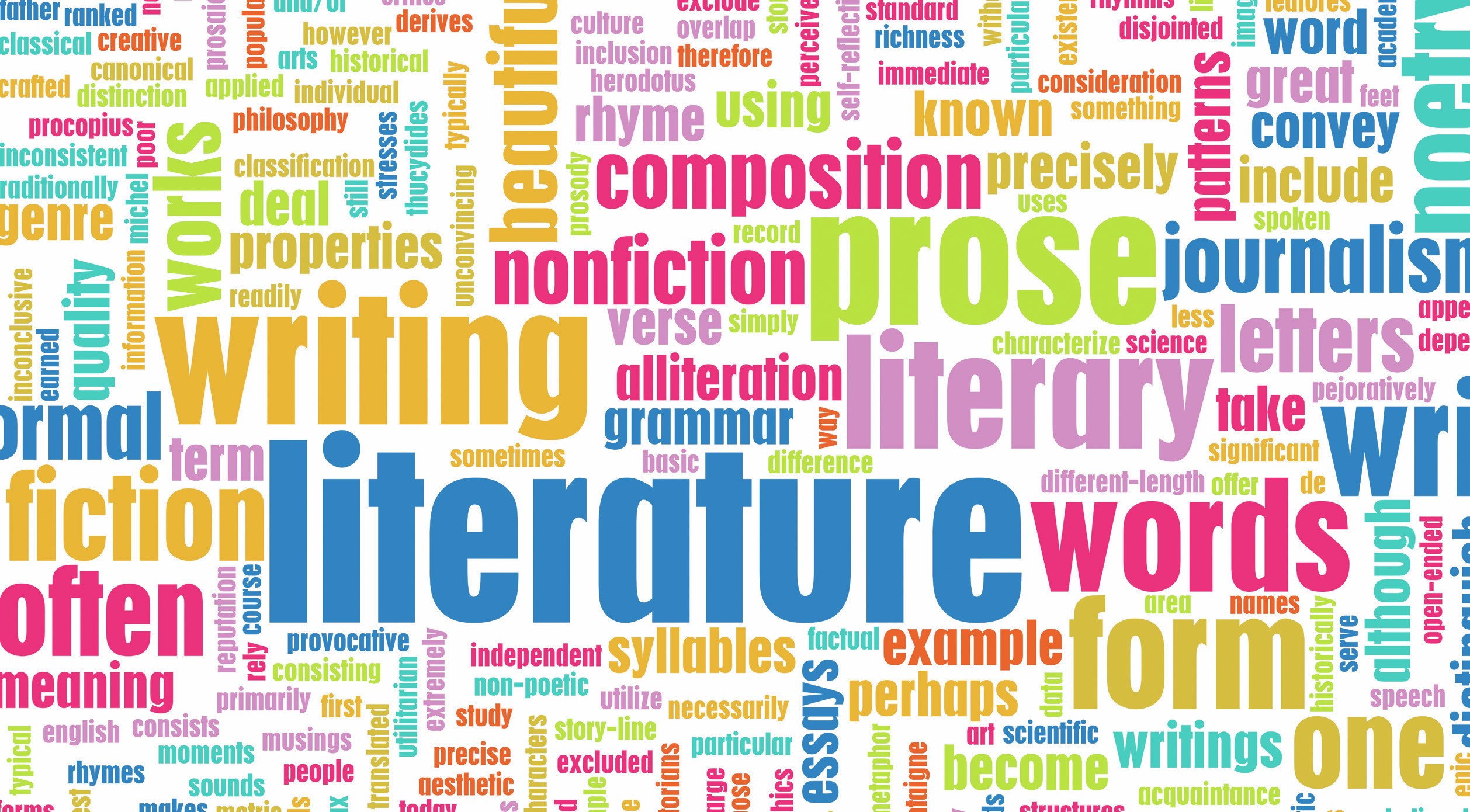
A ll walks of life have their own characteristic style of communication. Linguists call this occupational language and its use is perhaps most obvious in professions like medicine and law, where a large number of terms are Latin. Occupational language is often thought to give users a shared identity and to keep their specialist knowledge within their professional circle, adding an air of mystery and importance to their profession. As well as sometimes enabling the user to sound clever to outsiders, hearing someone use occupational language can inspire confidence in the listener or reader.
The study of literature also has its own occupational language. Assessment Objective 1 relates to the quality of your written expression and it includes the requirement that students give ‘…responses to literary texts, using associated concepts and terminology’. Using them well can mean the difference between producing good responses and great ones. This article aims to show you how, by defining the terms, offering examples and giving you tips and advice to put into practice.
Your organisation does not have access to this article.
Sign up today to give your students the edge they need to achieve their best grades with subject expertise
Subscribe



